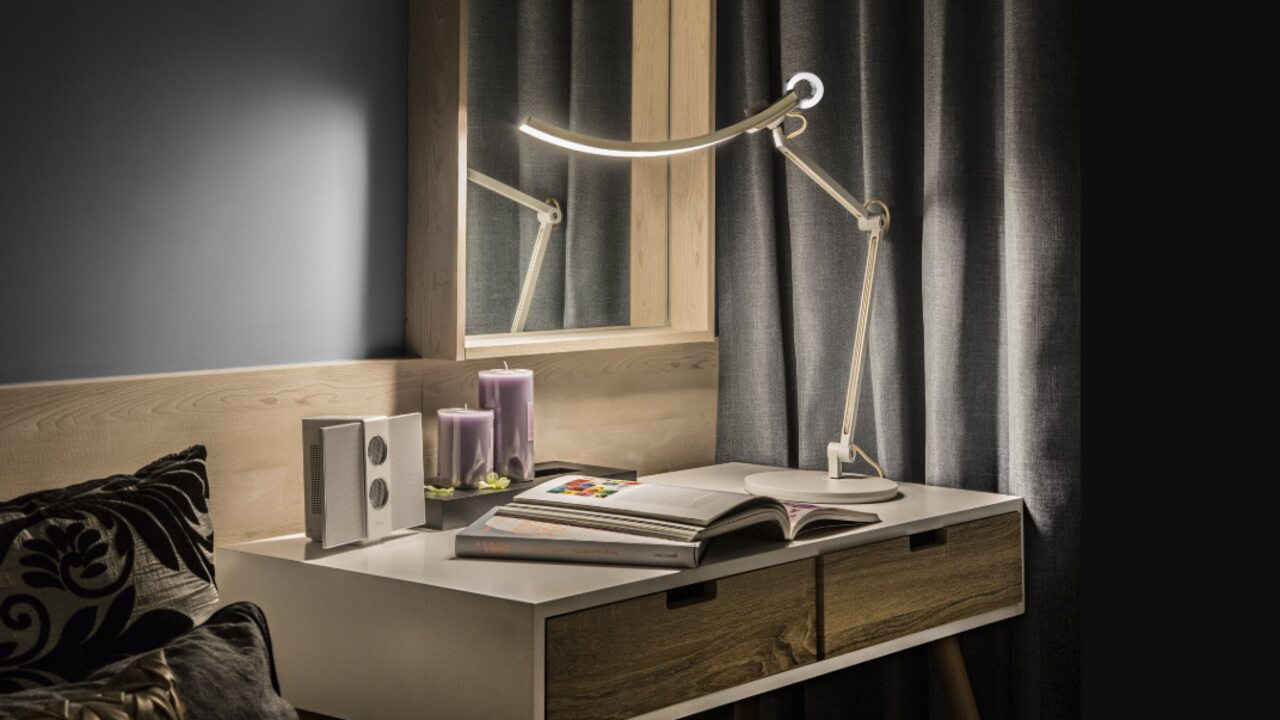
For centuries readers squinted under flickering flames or chased daylight across the page. That’s changed. Light is no longer just a way to see—it's part of the reading experience itself. Today’s reading isn’t just about content or screen size. It’s about how eyes feel after hours spent with a novel or a report. It’s about fatigue or flow. And increasingly it's about the unseen tech behind the glow.
From e-ink that mimics paper to blue-light filters and adaptive brightness systems reading has stepped into the lab. It’s no longer just about pixels or text—it’s about how reading feels. That’s why scientists and designers now work together to make lighting smarter softer and more personal. In this conversation https://z-lib.pub is often mentioned whenever people discuss digital libraries since access and comfort now go hand in hand.
Photonic design doesn’t grab headlines but it shapes every reading moment. Backlit screens have evolved. Many devices now use edge-lit LED panels that direct light sideways rather than blasting it straight into the eyes. This small shift reduces glare preserves contrast and helps readers stay focused longer.
Beyond hardware ambient-aware systems adjust brightness based on the time of day. In the evening warm tones take over—amber and soft pinks—to avoid messing with melatonin levels. Light doesn’t just illuminate. It sets the pace for how long a mind can stay engaged without strain or burnout. A calm page makes for a clear mind.
The charm of printed books still holds strong for many. Yet modern screen tech is narrowing the gap. E-ink displays reflect light instead of emitting it and avoid the eye-fatigue common with LCDs. That’s why e-readers often feel more natural—closer to the experience of reading "Pride and Prejudice" by a window than scrolling through a PDF.
Engineers now study how certain wavelengths affect reading speed comprehension and even emotional tone. High-contrast fonts on low-glare screens can reduce effort and make dense material feel less like a slog. At the same time designers experiment with typography and margin spacing tuned for digital light environments. Somewhere between photon and font the future of reading takes shape.
Here’s what’s quietly changing the page without stealing the spotlight:
Adaptive lighting in e-readers
Some top-tier e-readers now include sensors that adjust the warmth and intensity of front lights depending on the hour and ambient light. Instead of hitting the eyes with static brightness they gently shift from crisp cool whites in the morning to rich gold hues at night. This not only helps with sleep rhythms but also makes bedtime reading feel as cozy as a wool blanket in winter.
Anti-reflective coatings on screens
Borrowed from camera lenses and military optics these invisible layers now cover many tablets and phones. They scatter incoming light rather than bouncing it directly back to the reader. The result: fewer squints and longer reading sessions on sunlit park benches or café corners. Readers hardly notice the tech at work but their eyes surely do.
Blue-light calibration
Research has revealed that overexposure to blue wavelengths—especially in the evening—can disrupt the body’s natural rhythms. Manufacturers responded with options to adjust screen tones automatically. It’s not just about comfort. It’s about harmony between tech and biology. This shift means readers can enjoy late chapters of "Sapiens" or "The Night Circus" without feeling wired at midnight.
In many of these innovations readers have started sharing feedback and practical tweaks on Reddit where the line between science and storytelling continues to blur. Light becomes more than a tool. It becomes a companion.
The world may argue about screens versus paper but one truth stands—reading isn’t static. It bends and adapts. Light once passive is now a co-author shaping mood pace and clarity. Some researchers even look into using near-infrared for screen design offering comfort invisible to the eye but felt deep in the cortex.
Libraries are not just rows of shelves or server racks. They’re ecosystems where photons guide pupils across ideas. Reading by light once meant squinting under oil lamps. Now it means trusting invisible engineers to soften the beam ease the strain and let minds roam freely across pages—real or virtual.
Get all latest content delivered to your email a few times a month.
Bringing Pop Culture News from Every Realm, Get All the Latest Movie, TV News, Reviews & Trailers
Got Any questions? Drop an email to [email protected]